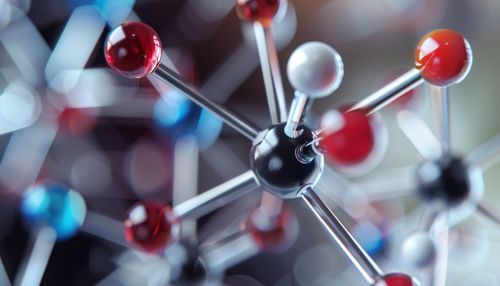Carbon Isotopes
Introduction
Carbon isotopes are variants of the carbon atom that contain different numbers of neutrons. There are three naturally occurring isotopes of carbon: Carbon-12, Carbon-13, and Carbon-14. Each isotope has unique properties and uses in various fields, including chemistry, physics, biology, and geology.


Carbon-12
Carbon-12 (C-12) is the most abundant isotope, making up about 98.9% of all naturally occurring carbon. It has six protons and six neutrons in its nucleus. C-12 is of particular importance in the study of biochemistry and molecular biology because it is the isotope used as the standard for atomic mass units.
Carbon-13
Carbon-13 (C-13) is another stable isotope of carbon, but it is much less abundant than C-12, making up about 1.1% of all carbon. It has six protons and seven neutrons. C-13 is not radioactive and does not pose a health risk. It is used in NMR spectroscopy, a technique used to determine the structure of organic compounds.
Carbon-14
Carbon-14 (C-14) is a radioactive isotope of carbon. It has six protons and eight neutrons. It is produced in the atmosphere through the interaction of cosmic rays with nitrogen-14. C-14 decays over time, with a half-life of about 5,730 years. This property makes it useful in the field of radiocarbon dating, which is used to determine the age of archaeological and geological samples.
Isotope Production
Carbon isotopes are produced in different ways. C-12 and C-13 are primarily produced in the interiors of stars through the process of nuclear fusion. C-14, on the other hand, is produced in the atmosphere through the interaction of cosmic rays with nitrogen-14. This process is known as cosmic ray spallation.
Isotope Uses
Each carbon isotope has unique uses in various fields. C-12, being the most abundant and stable, is used as the standard for atomic mass units. C-13 is used in NMR spectroscopy for determining the structure of organic compounds. C-14, being radioactive, is used in radiocarbon dating to determine the age of archaeological and geological samples.
Isotope Significance
The study of carbon isotopes plays a significant role in various scientific fields. In biochemistry and molecular biology, the isotopes are used to understand the structure and function of biological molecules. In geology and archaeology, they are used to date samples and understand the history of the Earth.
